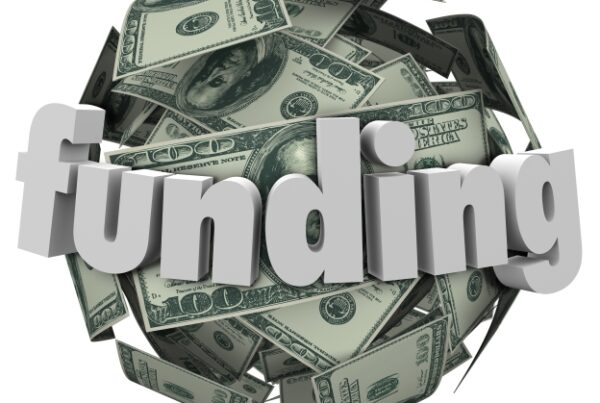
How one member uses the blockchain-based JPM Coin System to streamline cash sweeping.
One NeuGroup member whose company operates in Asia, North America and Europe faced a persistent issue with cash trapped in bank accounts after closing hours. To address the problem, he was invited to collaborate with Onyx by J.P. Morgan—and in the process helped shape a new infrastructure for instant payments built on the blockchain.
- The member, along with a small group of peers, worked with team members from Onyx to provide feedback on how its blockchain-based payments system can benefit the companies. In the years since, the program has grown to dozens of institutional J.P. Morgan clients, with over $1 billion in transactions flowing through the system each day.
- In a recent session, the member, as well as representatives from Onyx, presented on how the blockchain-based payment rail, called the JPM Coin System, alleviated a major pain point by offering 24/7 instant payments—with further features that streamline and automate the company’s entire payments process.
Tackling trapped cash. The member’s recurring issue stems from payments made to the company’s Singapore bank account after the close of the Singapore business day. Before using the JPM Coin System, the company had to sweep cash from Singapore at 5:30 p.m. local time to London, and again from London to New York later in the day. This left the corporate with no way to access cash sent to its accounts after hours until the start of the next day.
- “When we wake up the next day in Singapore, all these transactions have come in and it’s too late to optimize our use of that capital,” the member said. “Our average daily balance of prior day transactions is about $40 million a day—we’re sitting on that with lower interest and inefficient funding.”
A blockchain-based solution. Because the JPM Coin System provides infrastructure based on the blockchain, payments are unencumbered by hours of operation. This allows the company to move cash to and from its J.P. Morgan accounts in minutes.
- A treasury analyst from the member company demonstrated the ease and quickness of JPM Coin payments—in a few clicks, he made a payment from the company’s Singapore account to its London account without going through any external clearing system.
- The first step of the transaction transfers the cash from their account held at J.P. Morgan’s Singapore branch, denominated in USD or euro, to an equivalent blockchain deposit account (BDA) attached to the Singapore entity. Then, a transfer is made to a London-based entity’s BDA. In the final step, the payment is withdrawn from the London-based entity’s BDA into the company’s London bank account.
- “With JPM Coin, we can sweep from London or Singapore until right up to New York’s close, do the transaction, and get into the New York account,” the member said. “There’s no way to do that without the blockchain environment.”
The future of payments? Onyx is continually making improvements to the JPM Coin System and has gradually raised the maximum size of payments. Other instant payment systems, like FedNow, have much lower limits.
- Last month, the system launched Programmable Payments, which allows corporates to set up rules-based automations for instant payments.
- The member said his company expects to fully automate systems like the sweeping process, or even end-of-day margin calls.
- Representatives from Onyx also shared plans for interoperability with other banks, in which a JPM Coin payment could be sent to any participating account, including those that aren’t held at J.P. Morgan.
- Another plan, which excited a number of members in the room, is for payments made in one currency that are converted and deposited in another currency—opening up a possibility for 24/7 foreign exchange.
- “This should be a treasury superhighway,” one Onyx representative said. “When you’re making high value cross-border payments, the stakes are high and the settlement risk is high. But if you use JPM Coin network to settle flows, this can happen in minutes.”


